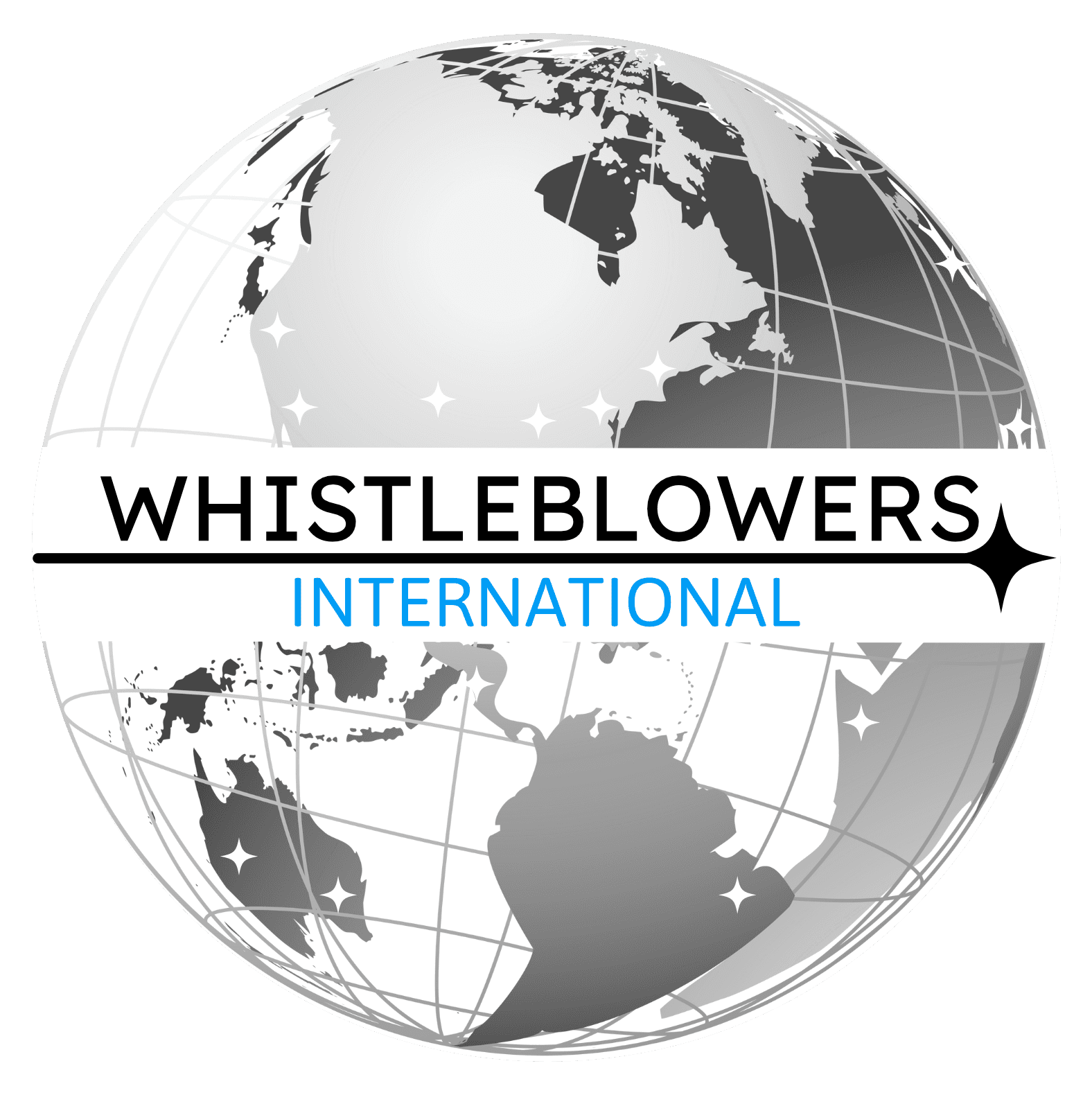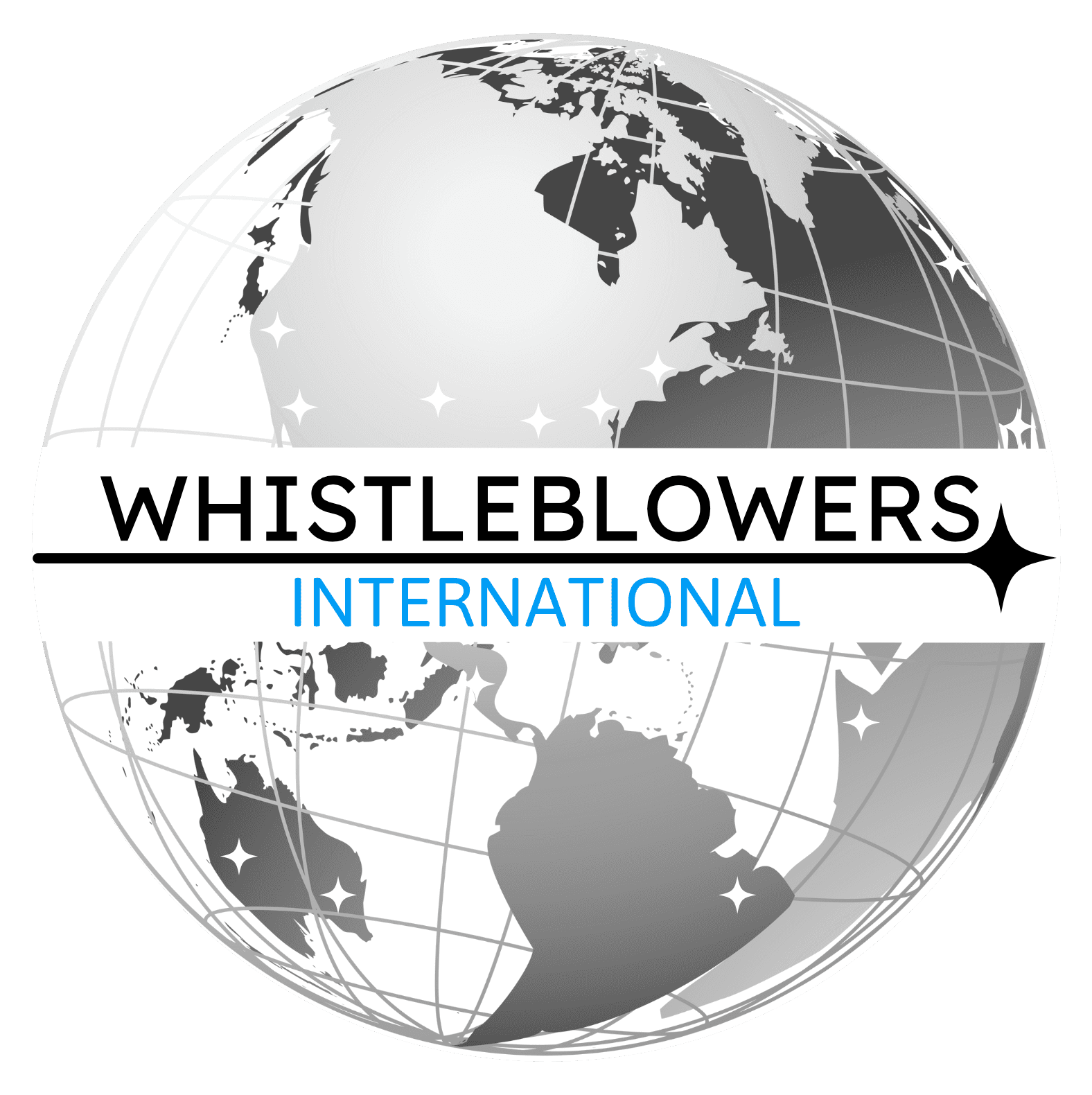If you've been retaliated against at work for raising concerns about safety hazards, you may be protected under the Occupational Safety and Health Administration's ("OSHA") Whistleblower Protection Program.
With a history that dates back to the Great Depression, OSHA’s Whistleblower Protection Program enforces more than 20 federal laws protecting employees from retaliation for raising or reporting concerns about hazards and violations of various workplace safety and health, consumer product, environmental, food safety, health insurance, to name just a few. In addition to these protections under the law, workers can also expect safety training programs designed specifically with their needs in mind as well assistance obtaining legal resources such when represented by an attorney during interviews without being discharged summarily upon discreetly filing criminal charges against someone who has wronged them
The main goal for the whistleblower laws that OSHA enforces is to prohibit employers from retaliating against employees for engaging in activities protected under those laws. The retaliation occurs when an employer, manager, or supervisor fires an employee or takes any type of adverse action against an employee for engaging in a protected activity. Now, adverse actions can occur in many different ways, and these typically would dissuade a reasonable employee from raising a concern about a possible violation or engaging in other related protected activity. Retaliation, many times harms individual employees and can have a negative impact on overall employee morale. To provide some examples: getting fired, demoted, getting overtime or promotion denied or benefits denied, being a victim of intimidation or harassment, and/or being threatened.
Employees who believe that their employers have retaliated against them because they engaged in protected activity should contact OSHA, with whistleblower legal counsel, as soon as possible. This is a federal law and there are strict time limits for filing any complaint, so it needs to be done properly or else penalties will apply.
First, the whistleblower complaint must allege four key elements:
The employee engaged in activity protected by the whistleblower protection law(s) (such as reporting a violation of the law).
The employer knew about, or suspected, that the employee engaged in the protected activity.
The employer took adverse action against the employee.
The employee's protected activity motivated or contributed to the adverse action.
A whistleblower complaint filed with OSHA cannot be filed anonymously. If OSHA proceeds with an investigation, OSHA will notify your employer of your complaint and provide the employer with an opportunity to respond. Because the complaint may be shared with the employer, witness names or their contact information on the form should not be included. The whistleblower will have the opportunity to offer evidence in support of the complaint during the investigation.
Items that can be helpful information at the time of filing a complaint are:
Copies of any relevant, lawfully obtained documents, such as emails, phone records, text messages, activity logs, meeting notes,
Copies of any hiring and/or termination letters
Copies of any disciplinary action(s) that you received during your employment,
A current description of your job,
A list of names and telephone numbers of the potential witnesses who can confirm your allegations.
Names, titles, and contact information for the management official who made the personnel decision that you are complaining about.
Copies of documents from any other proceedings i.e., EEOC complaints or lawsuits between you and the company.
A copy of the employer’s handbook for employees and/or collective bargaining agreement.
For all whistleblower statutes enforced by OSHA, the investigative standard is whether there is reasonable cause to believe that a violation occurred. This standard applies to each element of a violation. Under the reasonable cause standard, OSHA must believe, after evaluating all of the evidence gathered in the investigation from the respondent, the complainant, and other witnesses or sources, that a reasonable judge could rule in favor of the complainant. OSHA’s responsibility to determine whether there is reasonable cause to believe a violation occurred is greater than the complainant’s initial burden to demonstrate a prima facie allegation that is enough to trigger the investigation. However, a reasonable cause finding does not necessarily require as much evidence as would be required at trial to establish unlawful retaliation by a preponderance of the evidence.
If you have been retaliated against by your employer for raising safety concerns, you may be protected under the Occupational Safety and Health Administration's (OSHA) Whistleblower Protection Program. The whistleblower protection laws that OSHA enforces are designed to prohibit employers from retaliating against employees who raise safety concerns in the workplace. If you have been subjected to retaliation, such as being fired, demoted, or harassed, for speaking out about a hazardous working condition, contact an experienced whistleblower lawyer today. You may be entitled to significant monetary damages.

